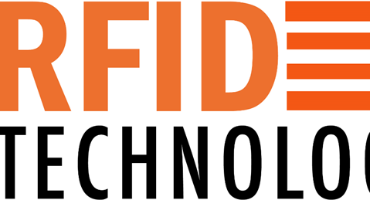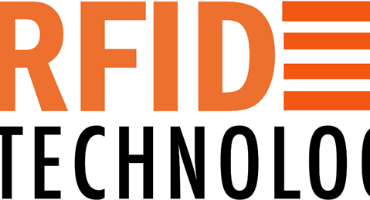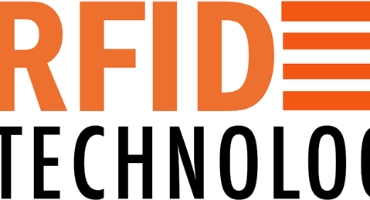Identify the RFID Use Case: Clearly define the purpose of your RFID solution and understand the specific use case requirements. For example, are you tracking inventory in a warehouse, managing assets in a healthcare facility, or monitoring livestock on a farm? Each use case may have unique requirements that will impact your hardware selection.
Evaluate Frequency: UHF RFID operates on different frequency bands, and it's important to select the right frequency for your use case. UHF RFID typically operates in the frequency range of 860 MHz to 960 MHz. Consider factors such as read range, interference, and regulatory requirements when choosing the frequency band.
Determine Read Range Requirements: Consider the distance at which you need to read RFID tags. UHF RFID systems typically offer longer read ranges compared to other RFID frequencies, making them suitable for applications where you need to read tags from a distance, such as in warehouse or supply chain management.
Consider Environment: Assess the environment in which the RFID system will be deployed. Factors such as temperature, humidity, and presence of metal or liquids can impact the performance of RFID hardware. Choose hardware that is designed to operate effectively in the specific environment where it will be used.
Evaluate Form Factors: RFID hardware comes in various form factors, including handheld readers, fixed readers, and integrated readers. Consider the form factor that best fits your use case, taking into account factors such as portability, ease of installation, and integration with existing infrastructure.
Consider Connectivity: RFID hardware may require connectivity options such as wired Ethernet, Wi-Fi, or cellular connectivity. Evaluate the available connectivity options and choose hardware that can easily integrate into your existing network infrastructure.
Evaluate Integration Capabilities: Consider the integration capabilities of the RFID hardware with other systems, such as software applications or databases. Look for hardware that supports standard interfaces and protocols, and can be easily integrated into your existing systems.
Evaluate Cost: Consider the cost of the RFID hardware, including the upfront cost of the hardware itself, as well as ongoing maintenance and support costs. Evaluate the total cost of ownership (TCO) of the hardware over the expected lifespan of the solution.
Test and Validate: Once you have selected the RFID hardware, it's important to thoroughly test and validate its performance in your specific environment. Conduct pilot tests to ensure that the hardware meets your requirements and performs reliably in your use case.
By carefully considering these factors and conducting thorough research, you can select the right UHF hardware products for your RFID solution and plan for a successful RFID deployment. It's also recommended to work with experienced RFID solution providers or system integrators who can provide expertise and guidance throughout the planning and implementation process.





